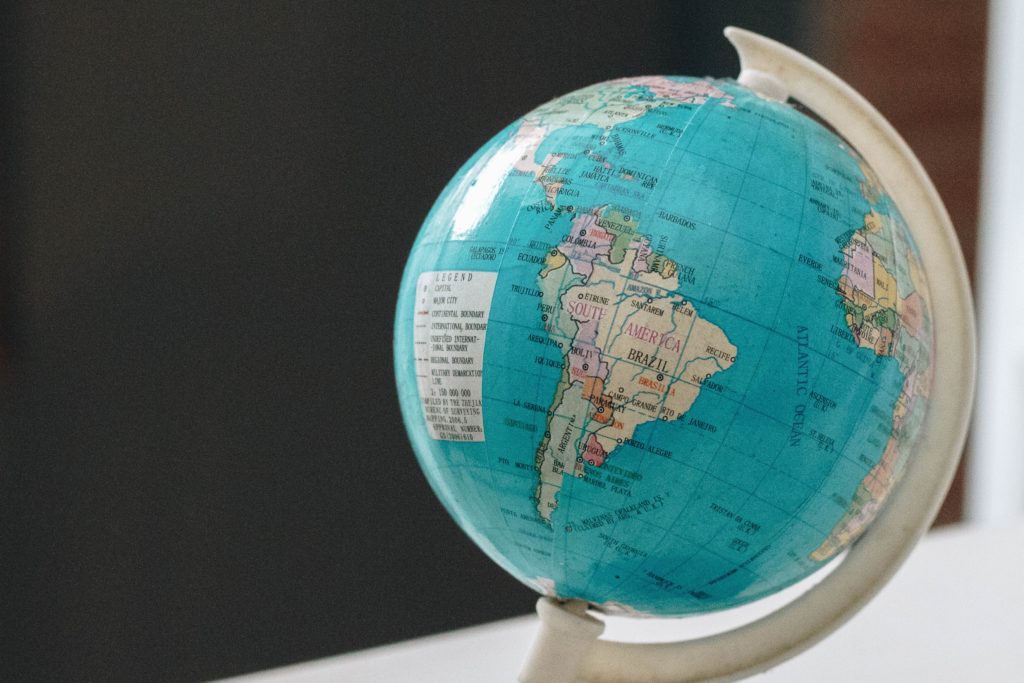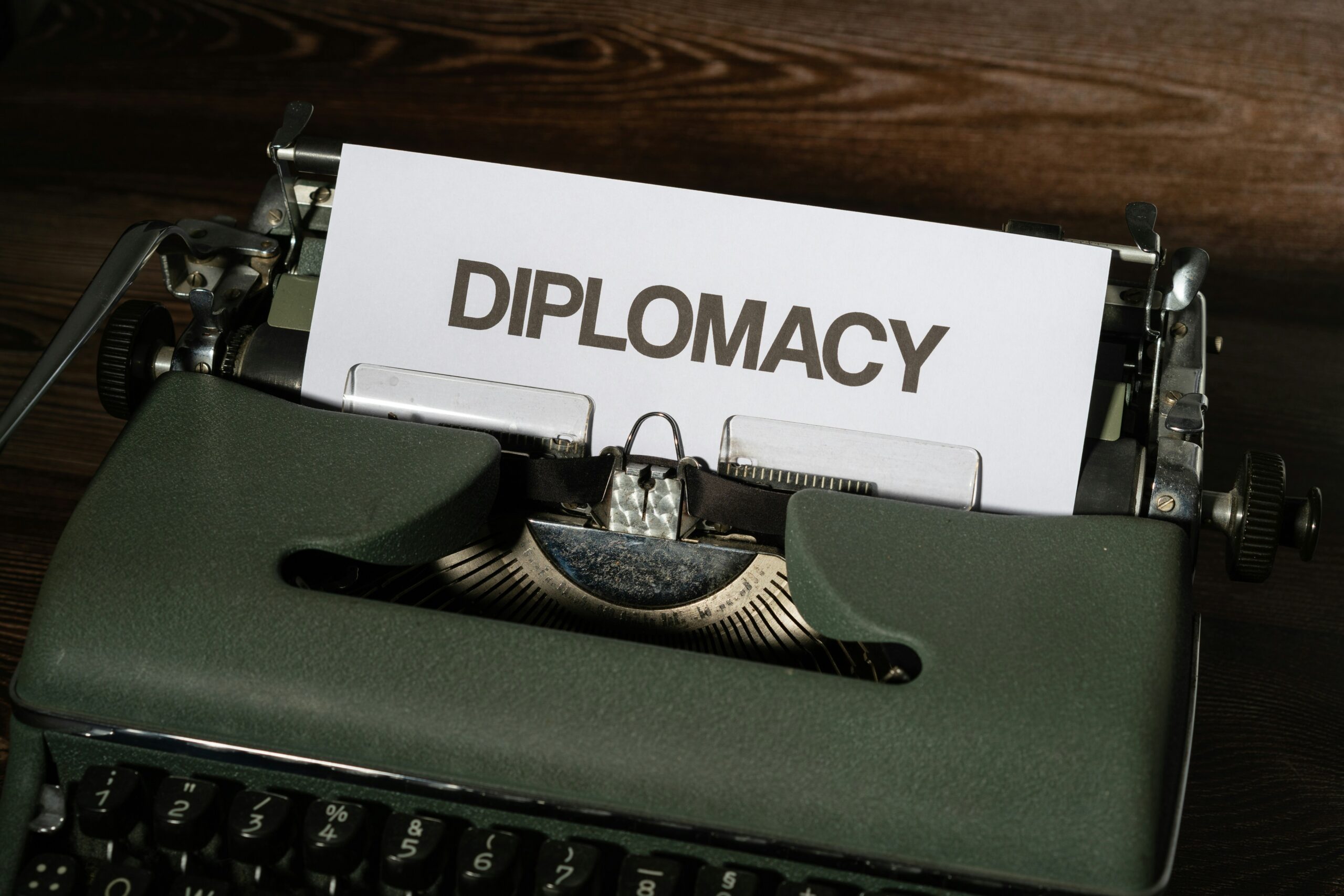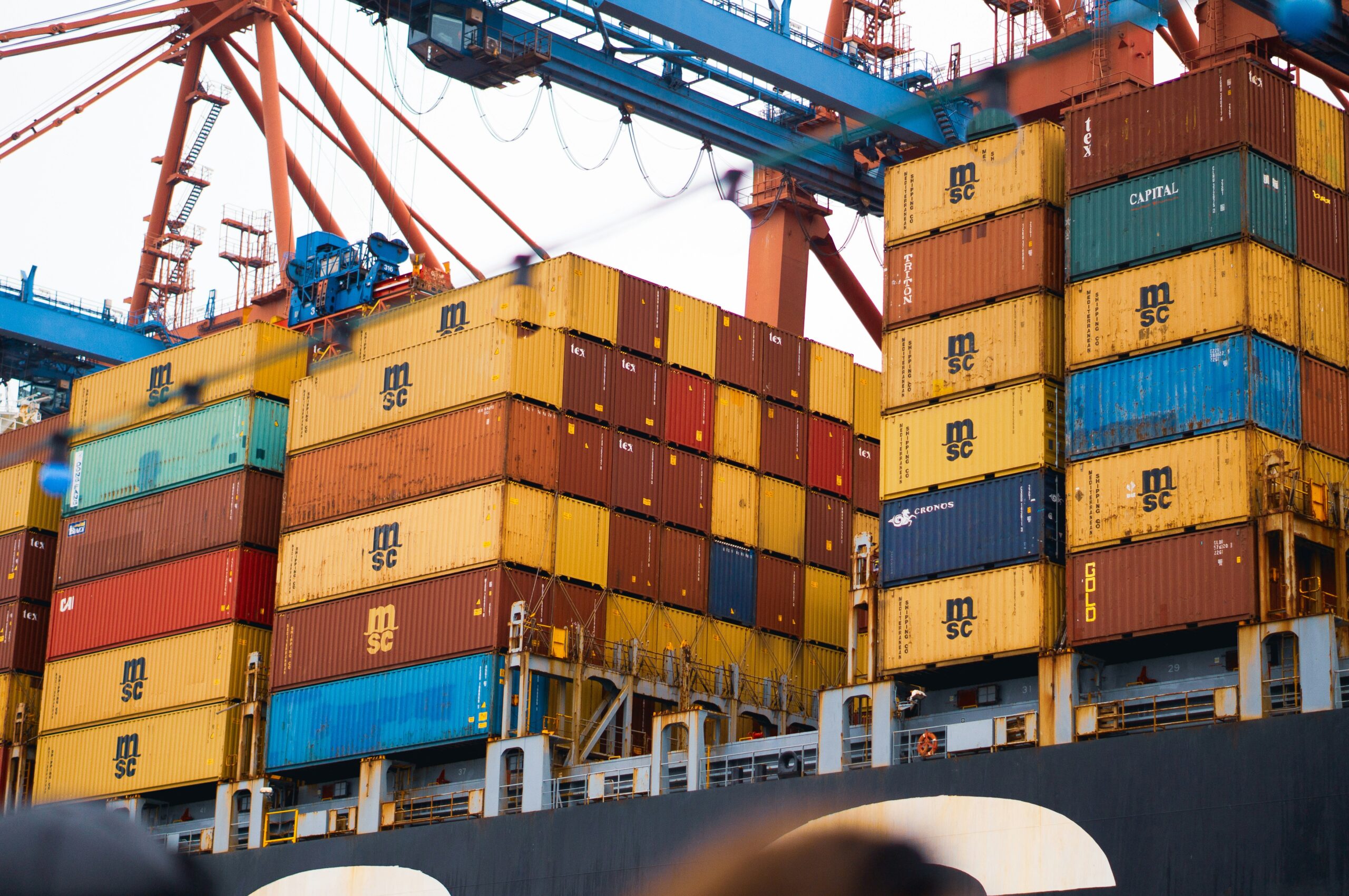The diplomatic landscape in Latin America has changed during the last year. The United States policy shift, which included rapprochement with Cuba, the resetting of U.S.-Brazil relations during President Dilma Rousseff’s official visit to Washington, D.C, in June, and increased U.S. involvement in Colombian peace negotiations were among the most notable changes. In addition to these well-planned developments, several additional, contingent elements are coming together in ways that are likely to upend long-standing regional alignments within South America. The fourth Community of Latin American and Caribbean States (CELAC) summit will take place at the end of January, and the region is now preparing for it. The rightward trend in regional domestic politics and the appalling condition of Brazil’s Rousseff government.

The Pacific bilateral relations
The Pacific turn-in trade discussions are coming together in ways that will disrupt the status quo while perhaps opening up new prospects for regional cooperation.
Noisy change arrived towards the close of last year in Argentina and Venezuela, two of these nations. The language around economic policy has already undergone a significant change as a result of President Mauricio Macri’s takeover of the Kirchner family. This could be the beginning of a regional shift away from wastefulness since, as Marta Lagos astutely observed, populism cannot exist in a world without money. However, the Kirchner policy mix’s sustained popularity and Macri’s coalition’s minority status imply that some of his more ambitious internal reforms will only have a limited amount of legislative support.
Macri’s constrained domestic options and the Rousseff administration’s need to flee its internal problems may present a chance for a long overdue assessment of Mercosur’s political and economic goals. It was difficult to ignore the symbolic significance of Mauro Vieira’s trip to Buenos Aires in the middle of January: the Brazilian was the first foreign minister to meet with Susana Malcorra and talk about their respective “bilateral, regional, and multilateral” agendas.
Pink tidal countries
The regional attitude toward the reddest of the so-called “pink tidal countries,” which had ruled most of South America since the turn of the century, has also changed subtly. In Venezuela’s December elections, the opposition group Democratic Unity Roundtable (MUD) won the parliamentary vote, sparking the first regional And for the majority of the past month, the attention of foreign ministries throughout the region has been centered on the clash between the opposition-led National Assembly and the Chavista-friendly supreme court. Predictably, the Venezuelan highest court’s ruling nullifying the elections in the state of Amazonas and declaring legislation passed by the National Assembly invalid until the disputed legislators were removed from office alarmed both the Organization of American States (OAS) and the United States. Perhaps even more unexpected was the Brazilian government’s declaration that it was confident “the constitutional prerogatives of the new National Assembly” would be upheld, sending a message to President Maduro’s administration that Brazil would only tolerate so much extra-constitutional interference.
Brazil’s poor outlook for the upcoming year On January 1, Brazilians joked that when they wished each other “Happy New Year” they were referring to 2017 helping to open the regional window of opportunity. In her first five years in government, Rousseff avoided the international travel of the Lula years, even while the nation’s BRICS partners struggled. The days of Brazil seeking a seat on the UN Security Council or of a Brazilian WTO president presiding over a complete Doha Round negotiation are long gone. They have been replaced by a minor dispute with Israel that has dragged on since mid-2014 and is currently centered on what many Brazilians who follow international politics regard to be the revolting appointment of a famous settler in the occupied territories.
Brazil foreign policy
Meanwhile, Brazil’s regionalized foreign policy, built on Mercosur and Unasur as counterweights to US dominance in the hemisphere, has been damaged by the country’s current corruption scandals and the concomitant crisis of state capitalism in that country. Furthermore, it is unclear in Brasilia right now where the nation should concentrate its foreign policy. But innovation might come from a place of desperation. Brazil has already entered into new ventures, such as the $20 billion Brazil-China Fund, to find new sources of investment that may make up for the credit-strapped public banks, such as the National Economic and Social Development Bank (BNDES) and Banco do Brasil, or to restore the capacity for public infrastructure spending.
As state-owned firms are compelled to give up their former emphasis on national preferences in a desperate search for partners, the crisis appears to prize open foreign investment options as well.
Finally, the Trans-Pacific Partnership shock is what is driving the region’s realignment (TPP). In conclusion, while the objectives voiced at the turn of the century have been dampened by dropping oil prices, lower commodity prices, and negative growth, they have refocused South American foreign policy.



